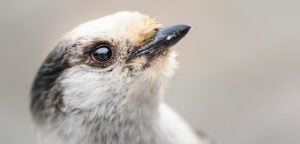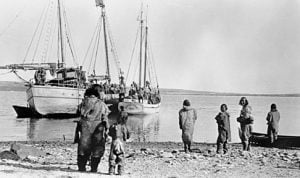On why he travels solo
I’d say my expeditions are a pretty even 50/50 split between solo journeys and ones with friends. I enjoy both: it’s great to have the camaraderie and teamwork that comes with having a partner on a difficult journey, but on the other hand, solo journeys have the upside that one person usually will have more success spotting and filming wildlife. Of course, I enjoy the solitude and adventure of travelling solo too—it is a pretty special feeling being alone in some of the wildest places left on Earth.
On the message he hopes to share through his expedition
That all of Canada’s ecosystems, from the deciduous forests of southernmost Ontario to the windswept mountains of the Arctic Cordillera, are interconnected. Migratory birds are a wonderful illustration of this: each spring, thousands of birds migrate from southern Canada to the Arctic, and back again in the fall. Along the way, they depend on critical areas of natural habitat as stop-over places. It is a great example of why we must preserve more green space in southern Canada, which in so doing also helps protect nature in Canada’s North.







